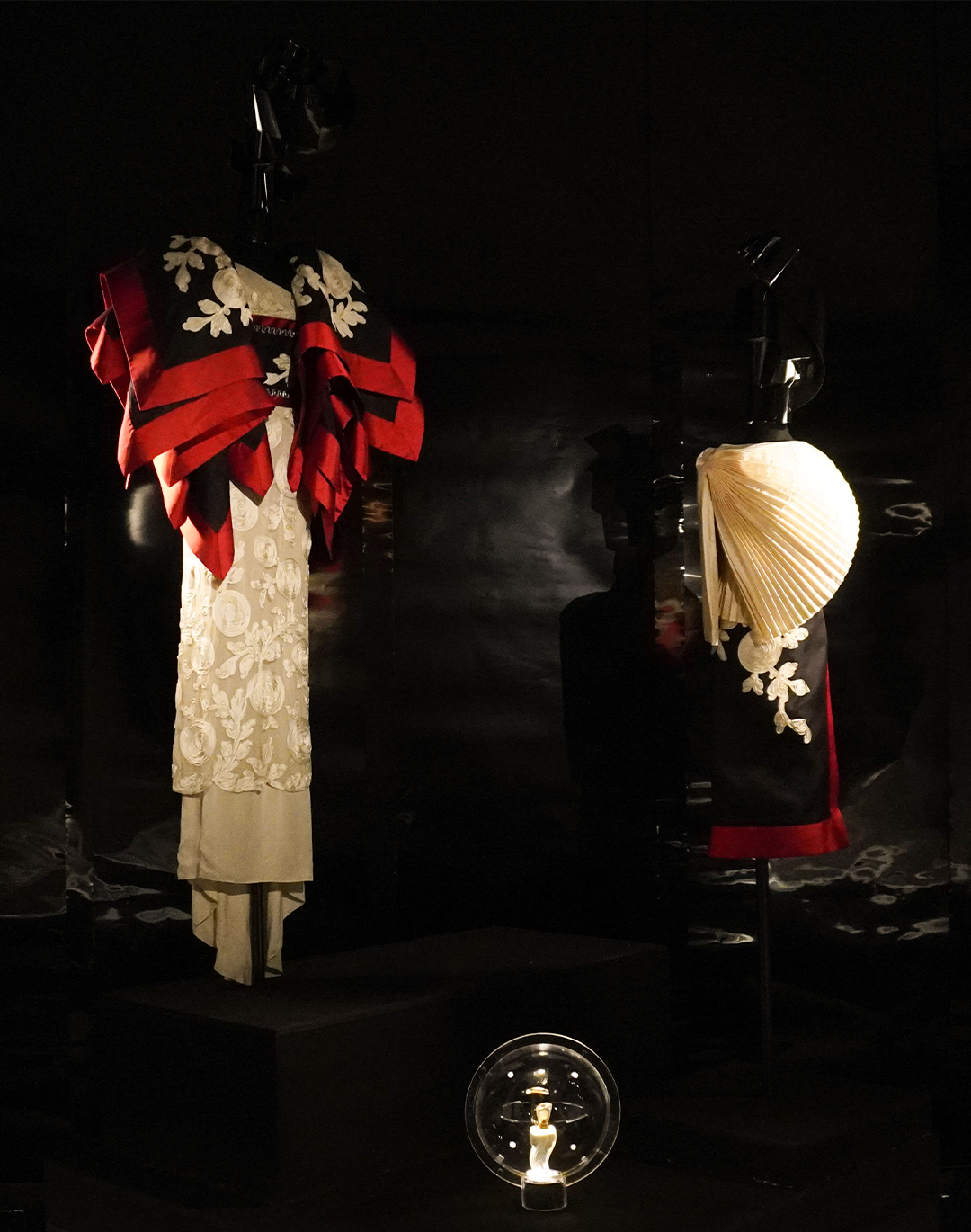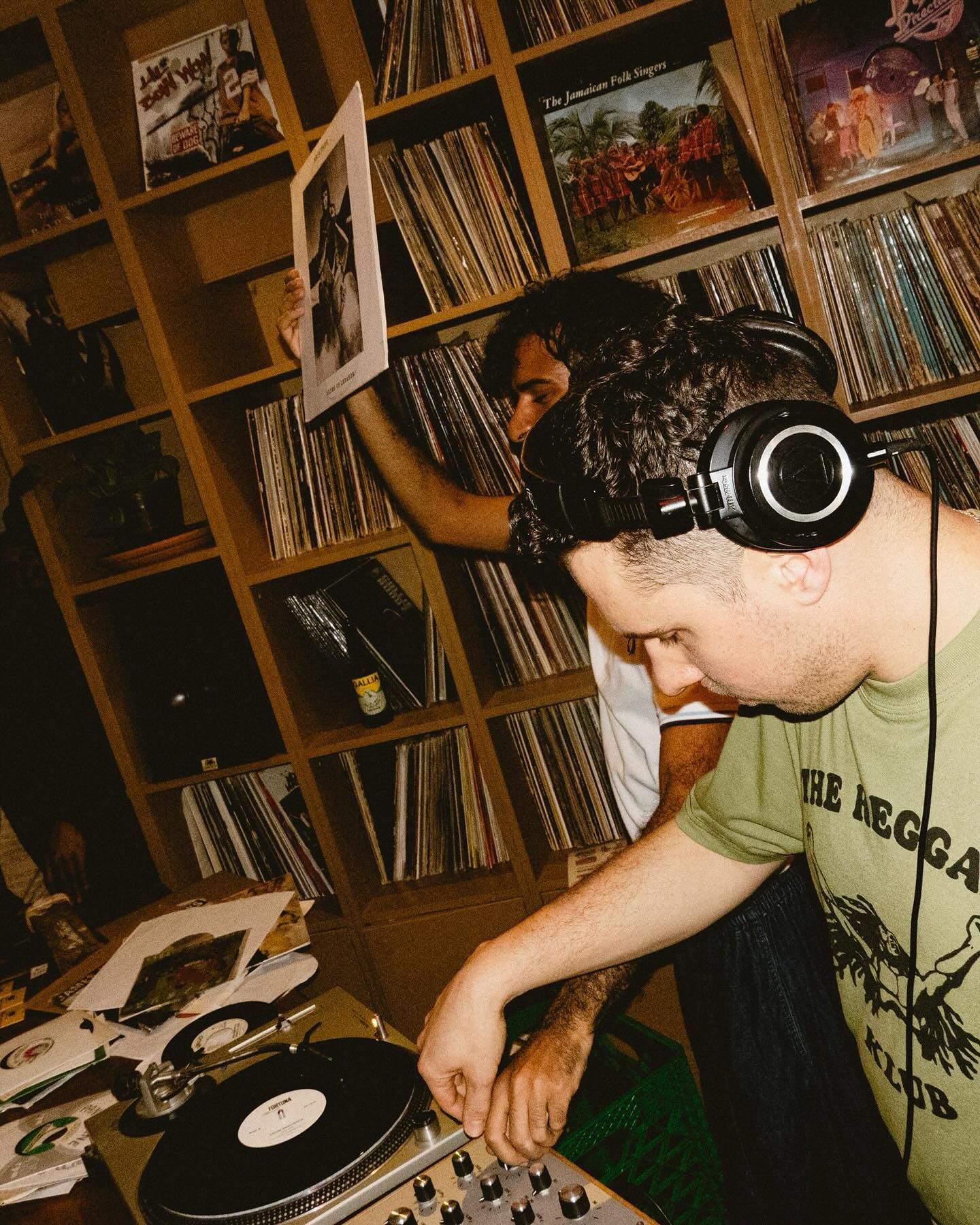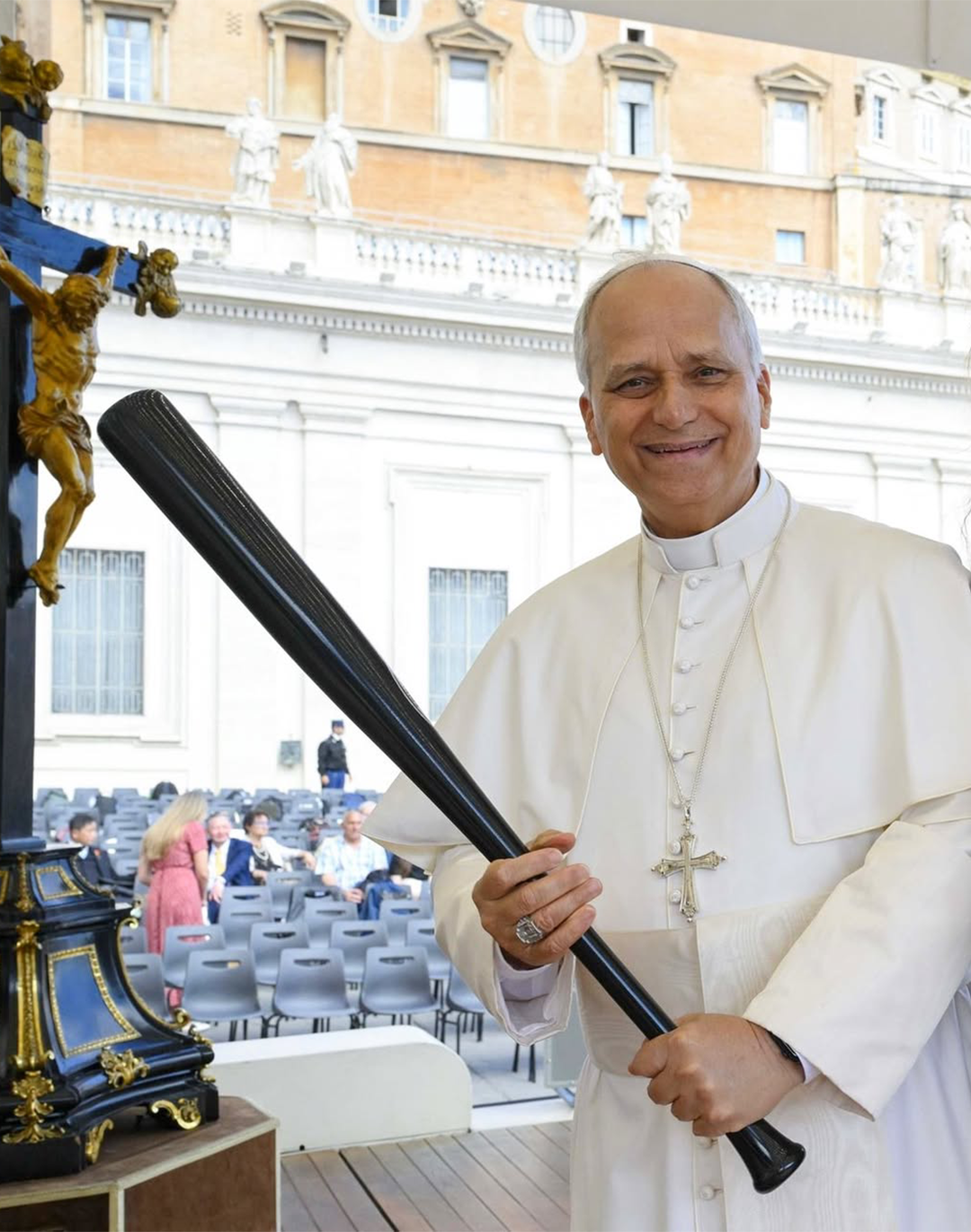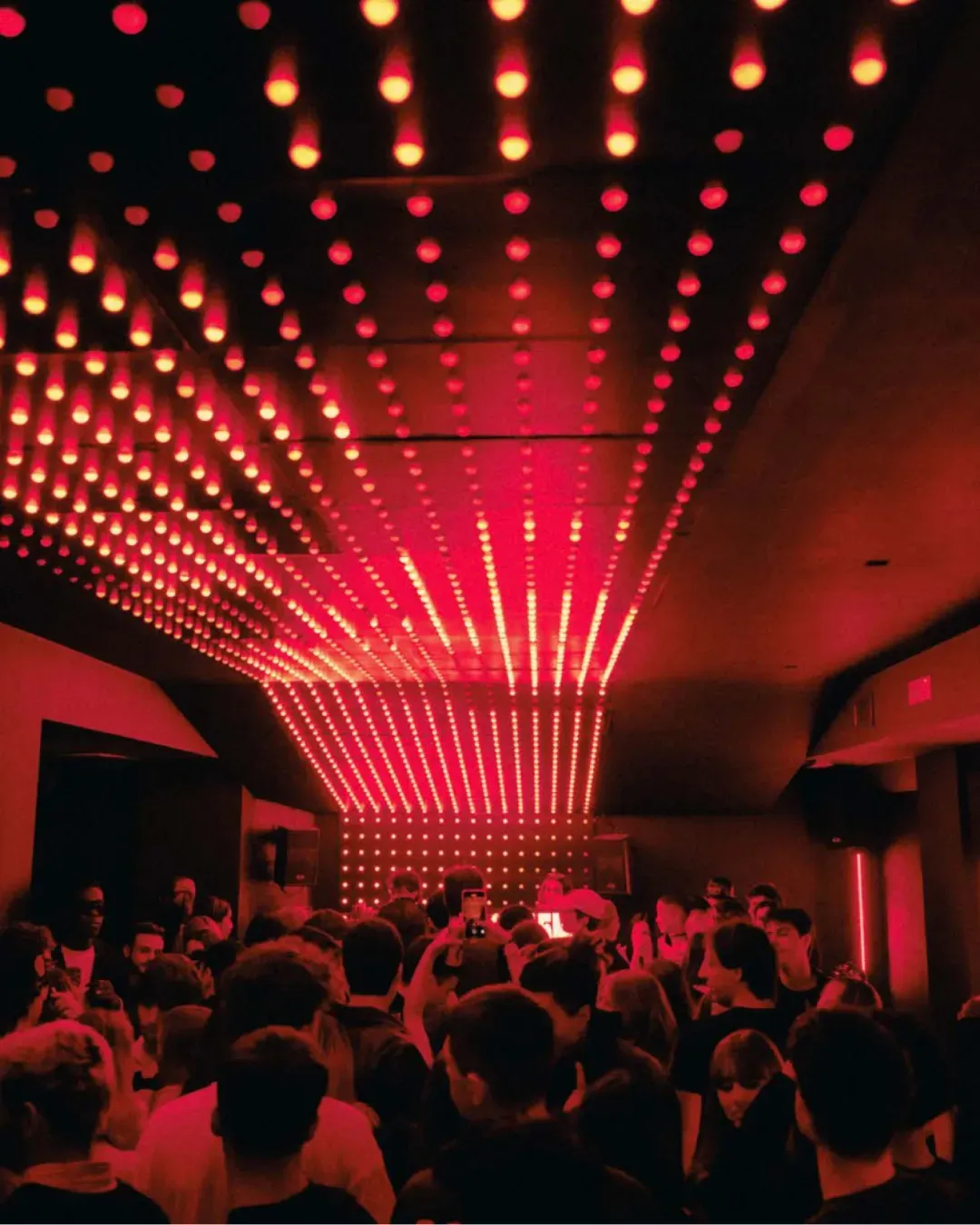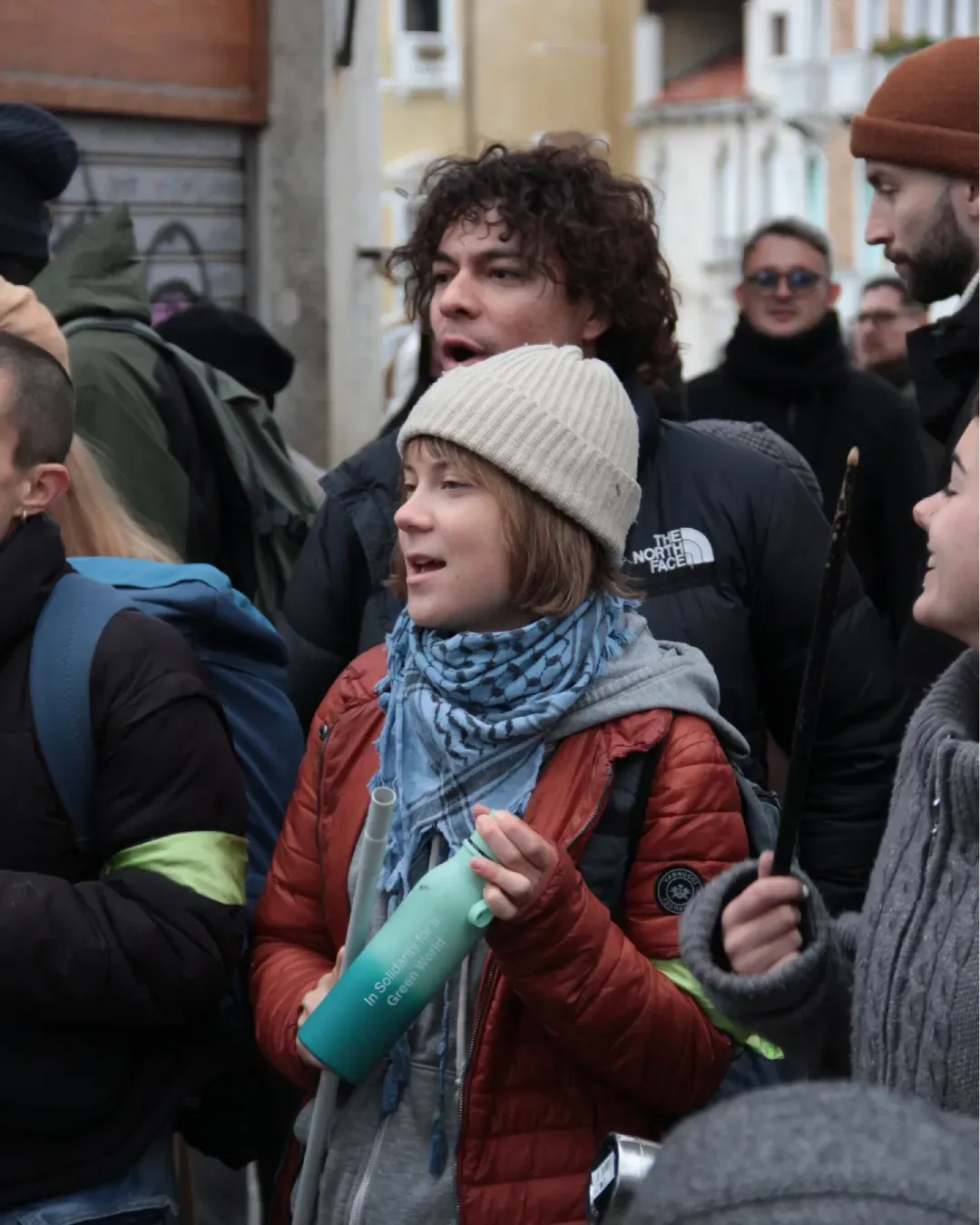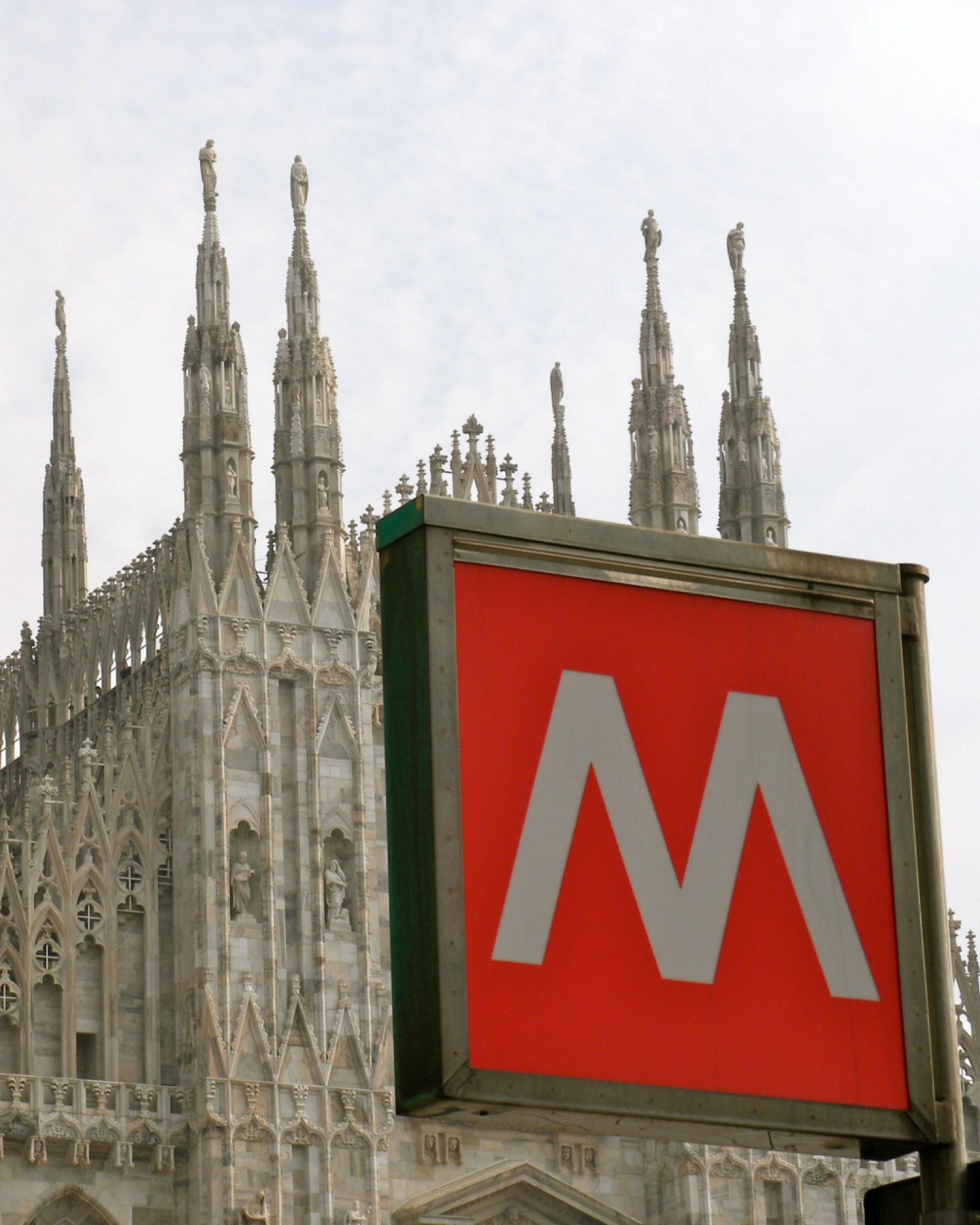
Public transport in Milan is changing How turnstiles and tickets are changing
The year 2024 has opened just a few days ago, and the city of Milan has not waited long to introduce some - important - innovations related to public transportation that, albeit to a small extent, will modify the traveling experience. One of the new initiatives by ATM, Azienda Trasporti Milanesi, concerns the sale of paper tickets, now equipped with a microchip and reloadable. The tickets, as we are used to knowing them, will no longer be disposable but slightly more rigid to prevent deterioration. Unfortunately, these cannot be recharged online; one must go to automatic ticket offices or authorized points of sale, and they can contain a maximum of 30 tickets. The validity period will remain completely unchanged (90 minutes), as will the fares. A year ago, the price of a regular ticket increased from €2 to €2.20, and with the start of 2024, coinciding with the launch of the new Electronic Ticketing System, the three-day ticket has undergone an additional surcharge.
The news doesn't end here. In Milan, the installation of anti-jump turnstiles has begun at San Donato M3, just the beginning of a project that involves the installation of 172 new turnstiles in 7 metro stations in Milan. Soon, the replacement of the current turnstiles with "high" turnstiles will continue in 6 other stations: Duomo M3, Duomo M1, Cadorna M1, Cadorna M2, Centrale M3, Rogoredo M3. It will become difficult to bypass the new turnstiles without a ticket, not only because they are very tall, making it practically impossible to climb over them but also because they are equipped with a sensor that detects any simultaneous crossing by two or more people. Despite many European cities starting to introduce free public transportation (most recently Montpellier thanks to the efforts of socialist mayor Michael Delafosse and Genoa initiating a new experimental tariff plan making the metro free for residents until January 15), we can consider the innovations in the Milan metro as an important and auspicious step for the future of public transportation in Italy.


